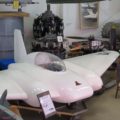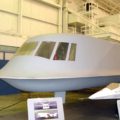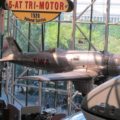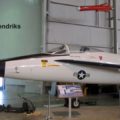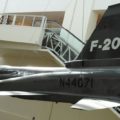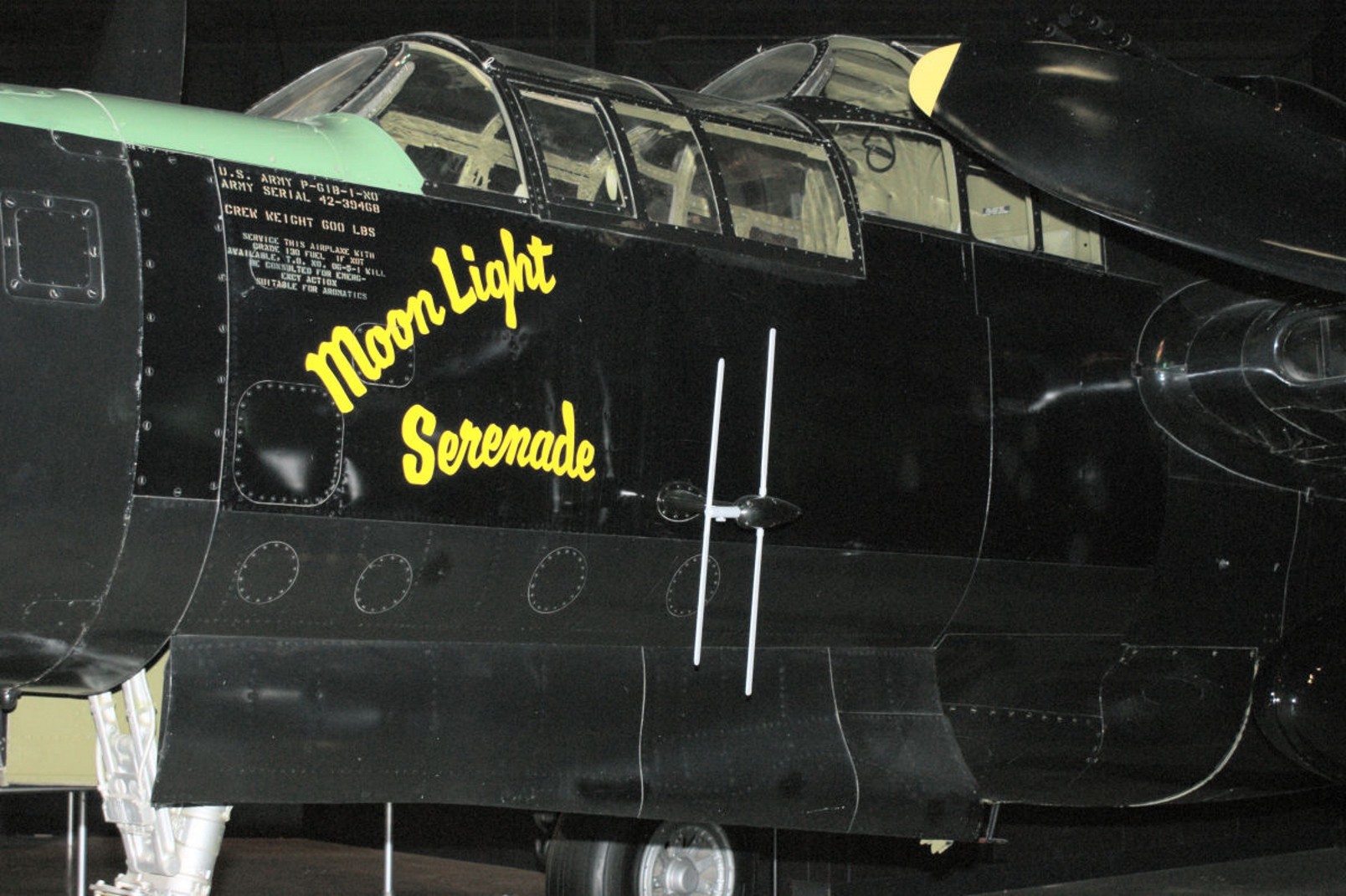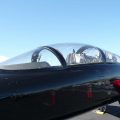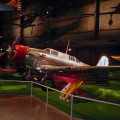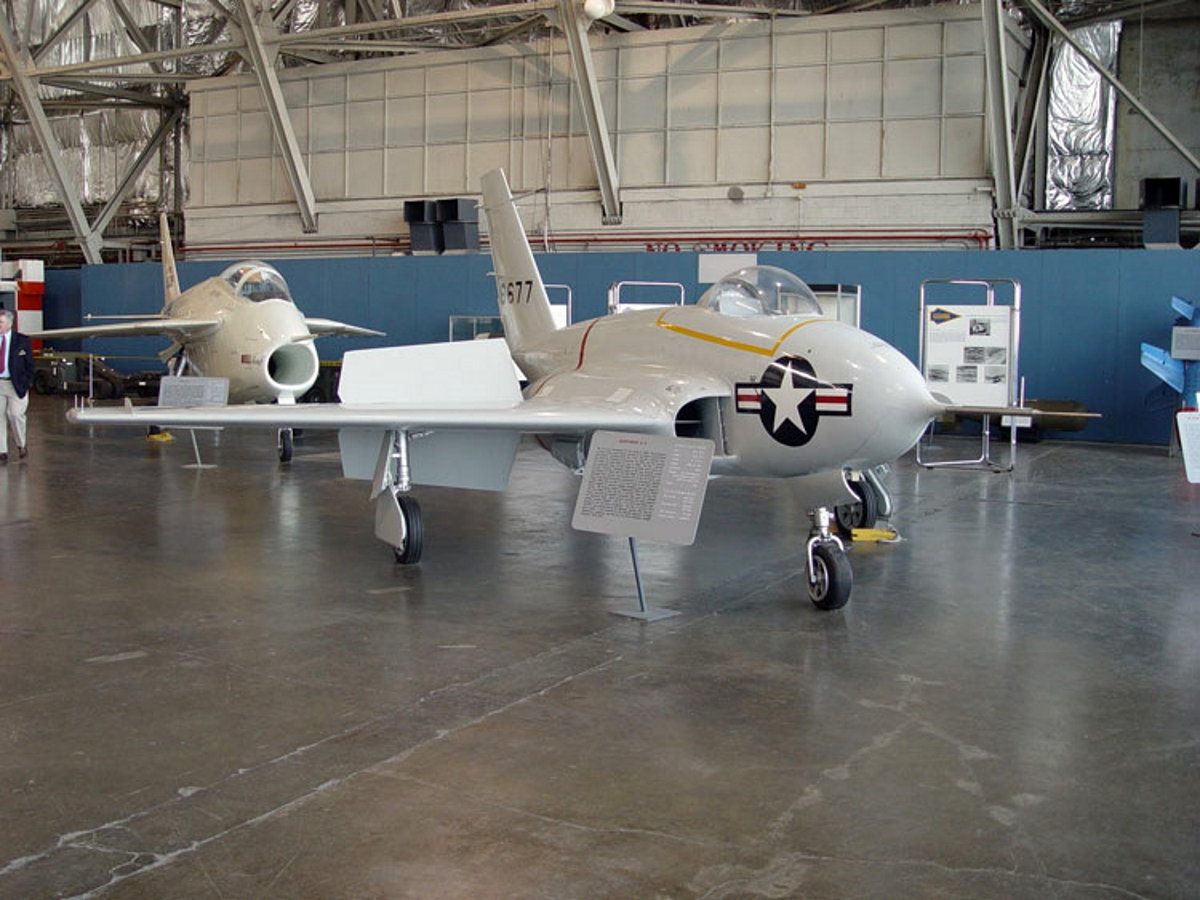
Northrop X-4 Bantam | |
|---|---|
| Krajiny | Spojené štáty americké |
| Úlohu | Prototyp lietadla bez chvosta |
| Prvý let | 15. december 1948 |
| Postavený | 2 |
Komisia Northrop X-4 Bantam bolo prototypom malého twinjet lietadla vyrobeného spoločnosťou Northrop Corporation v roku 1948. Nemal žiadne horizontálne chvostové povrchy, v závislosti od kombinovaných výťahových a aileronových riadiacich plôch (nazývaných elevony) na ovládanie v postojoch rozstupu a valčeka, takmer presne v podobnom formáte, raketovo poháňaný Messerschmitt Me 163 nacistického Nemecka Luftwaffe. Niektorí aerodynamici navrhli, že odstránenie horizontálneho chvosta by tiež odstránilo problémy so stabilitou pri vysokých rýchlostiach (nazývané šokový stánok) vyplývajúce z interakcie nadzvukových nárazových vĺn z krídel a horizontálnych stabilizátorov. Myšlienka mala zásluhu, ale systémy riadenia letu tej doby zabránili X-4 v akomkoľvek úspechu.
Zdrojový: Northrop X-4 Bantam na Wikipédii
| Northrop X-4 Bantam Walk Aroundd | |
|---|---|
| Photographers | John Heck, Randy Ray |
| Localisation | National Museum of the USAF |
| Photos | 50 |
Súvisiace súpravy:
Nájdite súpravy na eBay:
Pozri tiež:
The Northrop X-4 Bantam was an experimental aircraft designed and built by the Northrop Corporation in the late 1940s. It was one of the first attempts to create a tailless aircraft that could fly at high speeds and altitudes. The X-4 had a semi-circular wing with a swept leading edge and a straight trailing edge. It was powered by two Westinghouse J30 turbojet engines mounted in the fuselage. The X-4 had a single-seat cockpit with a bubble canopy that provided good visibility.
The main purpose of the X-4 was to test the stability and control of a tailless aircraft at transonic speeds, that is, near the speed of sound. The X-4 was expected to achieve a maximum speed of Mach 0.95 and a maximum altitude of 40,000 feet. However, the X-4 encountered several problems during its flight tests, which began in 1948 and ended in 1953. The most serious problem was the loss of longitudinal stability at high speeds, which caused the nose to pitch up or down uncontrollably. This phenomenon, known as inertia coupling, was later found to affect many other early jet fighters. The X-4 also suffered from engine failures, structural failures, and landing gear malfunctions.
The X-4 program was cancelled in 1953 after 82 flights and two prototypes. The X-4 did not achieve its design goals and did not contribute much to the development of tailless aircraft. However, it did provide valuable data on transonic aerodynamics and inertia coupling, which helped to improve the design of later supersonic aircraft. The X-4 also inspired other experimental tailless aircraft, such as the Convair XF-92 and the Northrop XB-35. The two X-4 prototypes are preserved at the National Museum of the United States Air Force and the Air Force Flight Test Museum.
Pohľady : 1427




